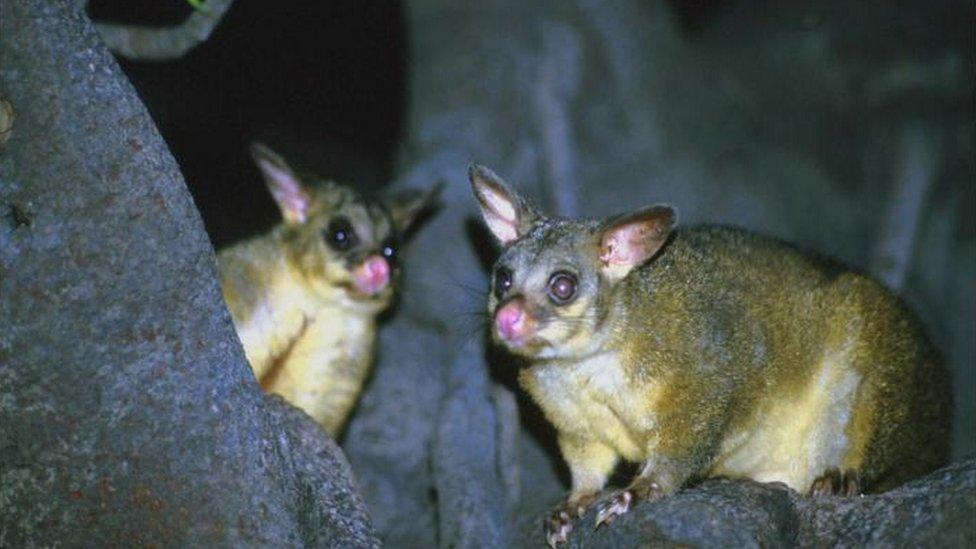Rare New Zealand parakeet has best breeding season in decades
- Published
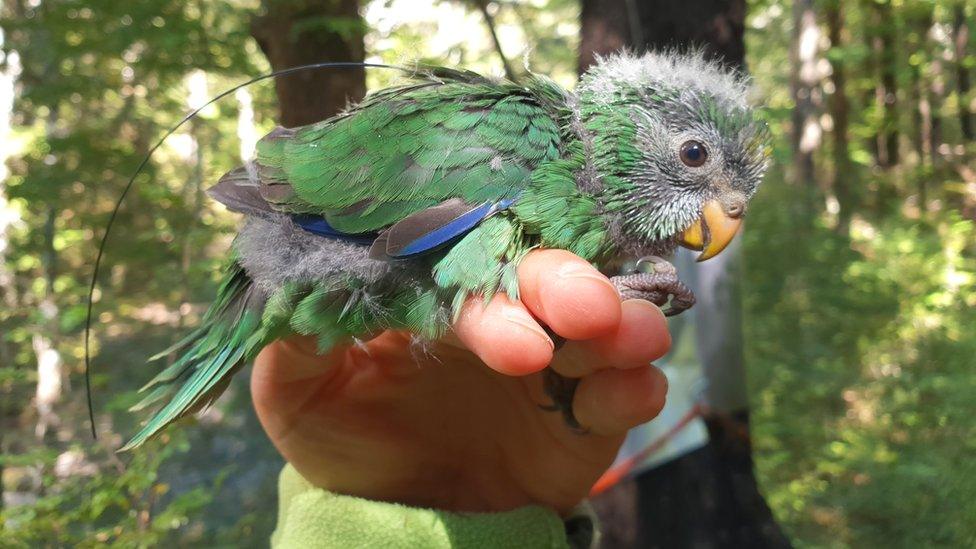
Wildlife experts credited the baby boom among orange-fronted parakeets to abundant food
One of the rarest birds in New Zealand has had its best breeding season in decades, raising hopes for the species.
At least 150 orange-fronted parakeets, known locally as kakariki karaka, were born in the wild this season.
This could potentially be a doubling of the current parakeet population, estimated at only 100 to 300 individual birds, according to the Department of Conservation (DOC).
The critically endangered bird is New Zealand's rarest parakeet.
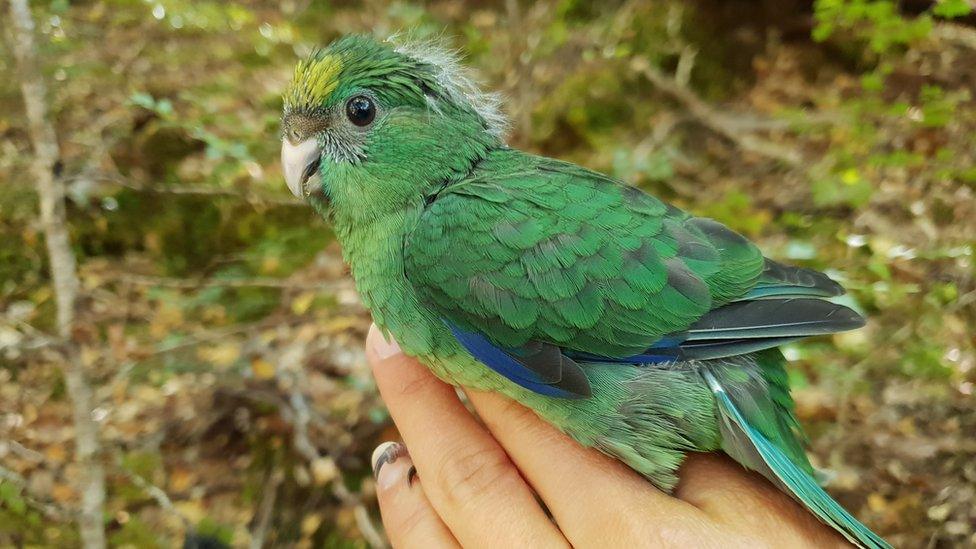
The small bird, the size of a budgerigar, lives in forest areas on South Island
The DOC found 31 orange-fronted parakeet nests in forested areas of Canterbury on South Island this year - more than three times the number of nests in recent years.
It put the success down to an abundance of beech seeds, which "dominated" the birds' diet this year.
The department said it would focus on protecting the orange-fronted parakeet from rats, stoats and feral cats - whose populations are also expected to have benefited from the abundance of beech seeds.
The budgie-sized bird was once found across New Zealand but its population has dropped dramatically over the last century. They were thought to have gone extinct before they were rediscovered in the Canterbury region in 1993.
Habitat destruction and predators are the main reason behind its decline.
- Published15 July 2019

- Published24 October 2017
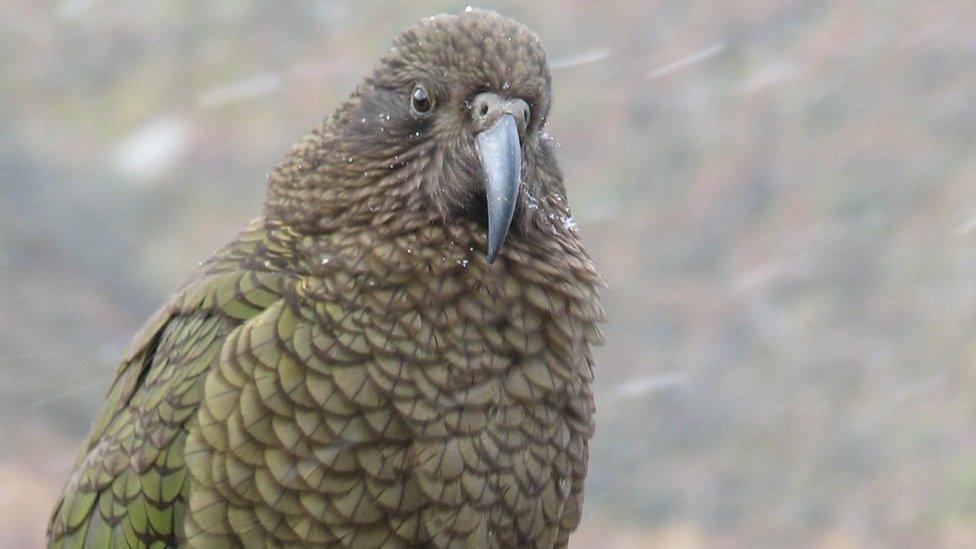
- Published9 July 2019
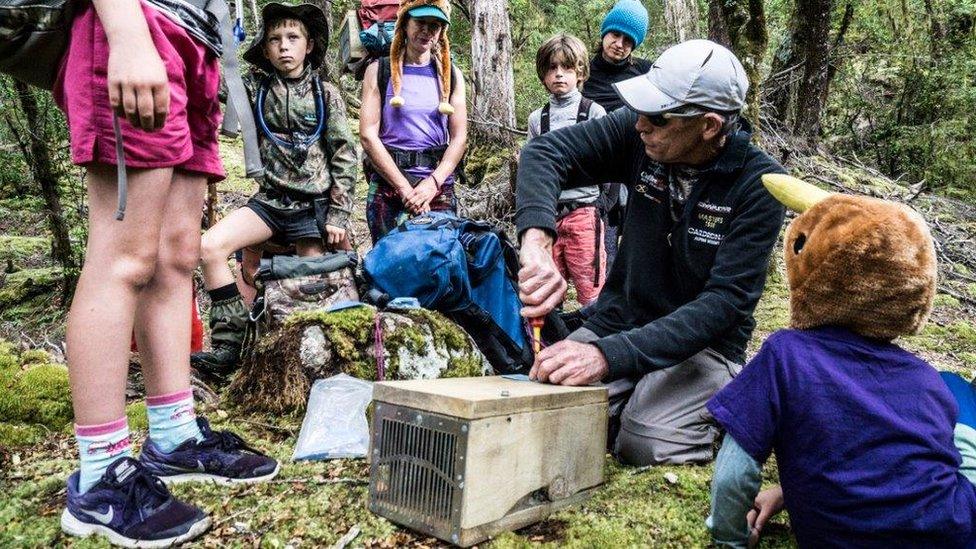
- Published4 October 2016
